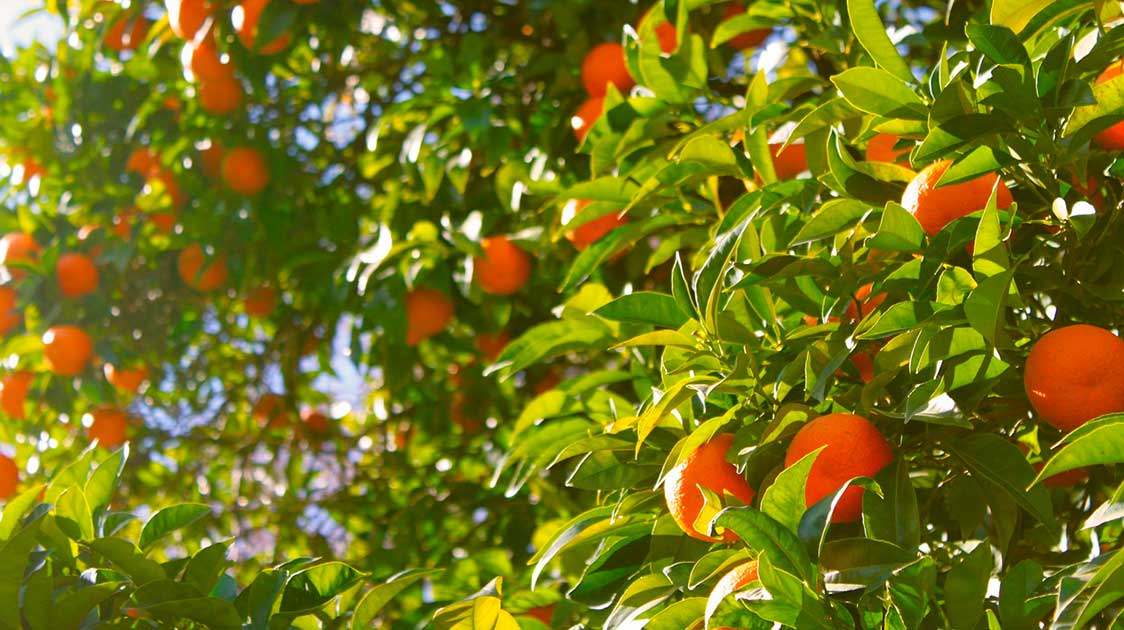
Why yes, you can use a fruit tree with the Bios Urn®!
A common question that we felt we should address is in regards to using fruit trees with the Bios Urn®. The Bios Urn® is 100% compatible with all trees, plants, flowers, and shrubs (essentially all flora) and can be used in conjunction with fruit tree seeds or a seedling. Many people have stated a desire to grow a citrus tree, or apple tree of some kind – and some even enjoy the idea of a nut tree. We do recommend choosing an appropriate tree for your planting zone and location. Below is a list of trees that are commonly used with the Bios Urn®, and which can be grown relatively easily from seed or seedling!
Fig tree
Zones 5-10
Fig trees do require some patience, but the patience pays off. They grow in zones 5-10 (although different fig trees have specific zones). These trees grow well in hot temperatures, but can withstand cold temperatures as well. Fig trees generally reach an average height of around 10-30 feet. Fig trees are some of the easiest fruit trees to grow, and they sow an average of two crops per year. Fig trees can also be grown or started in an appropriate sized planter, and later transplanted. They grow well in the ground and in planters, make them both easy and versatile.
Peach tree
Zones 4-8
Peaches tend to grow in zones 4-8, and do particularly well in landscapes with zones 6-7. The Peach tree is one of the fastest growing fruit trees and can grow between 12-24 inches per year. Peach trees generally grow to a height of 15-25 feet. Peach trees do not handle drought or dry zones too well, and tend to prefer areas that are more moist.
We recommend planting these trees with at least 12 feet of breathing room around them. They enjoy full sun.
Apple tree
Zones 3-5
Apple is another fast growing tree that tends to produce fruits in two years time. There are many different apple species, but typically apple trees enjoy hardiness zones of 3-5. Apple trees require moist soil that is not too wet, and not dry. We recommend consulting your local nursery to see which apple trees are cross-pollinators in your area, so that you can match your apple tree to bloom time!
Mulberry tree
Zones 5-9
There are different varieties of Mulberry trees available, and fruits born typically come in red, black, or white colors. These trees are easy to grow, but do require a bit more space to spread out. They make for excellent shade trees, and require minimal care. These trees can grow from 30-70 feet (depending on the color and species chosen). They are self-pollinating (unlike apple) and prefer full sun, but also do well in partial shade.
Citrus tree
Zones 9-11
Generally citrus trees, like lemons, enjoy hot and humid climates (like Florida) which tend to be subtropical. They do not enjoy cold fronts. They do well in moist soil, and can be planted or kept in a container for a time as well. They enjoy full sun, and especially thrive in humid conditions. These are trees which can be planted in a planter as well. Citrus trees (grapefruit, lemon, cocktail lime, etc.) typically grow from 13-22 feet.
These are just some examples of fruit trees which tend to be used with the Bios Urn®. You can use any fruit tree variety you would like, so long as it matches your planting zone and is compatible with your local environment.
For U.S planting zones click here, or refer to the USDA planting website.
For European planting zones click here.
For South American planting zones, click here.
For Canadian planting zones, click here.
For South African planting zones, click here.
Alongside fruit trees, nut trees can also be used if you desire.
Have any questions? Send us an email, or write a message for us in the comment.
Join our mailing list to keep you updated of all Bios® news and get a 10% Discount!

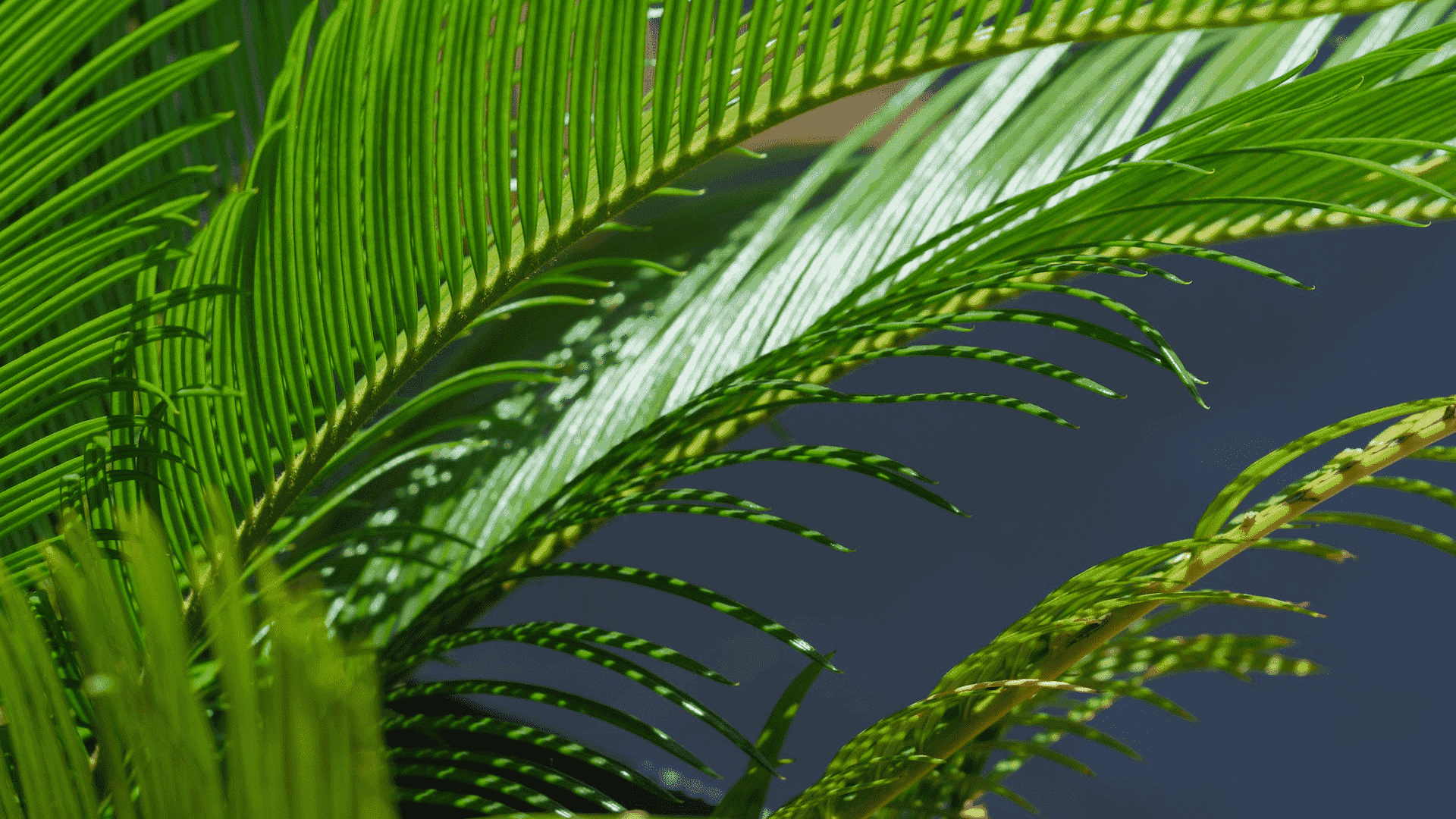
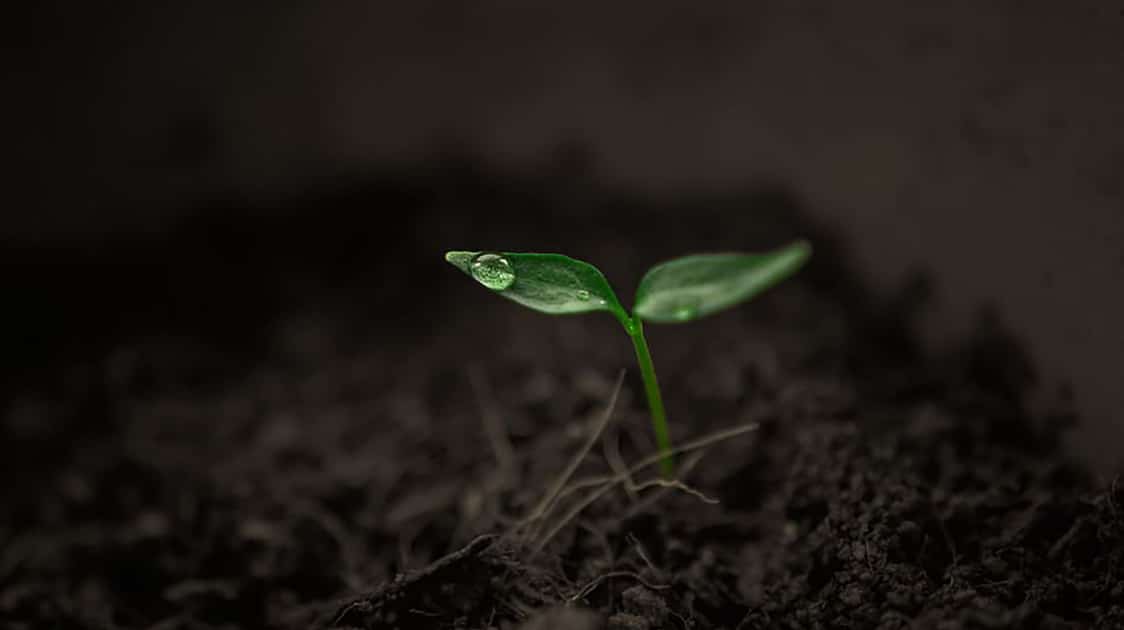
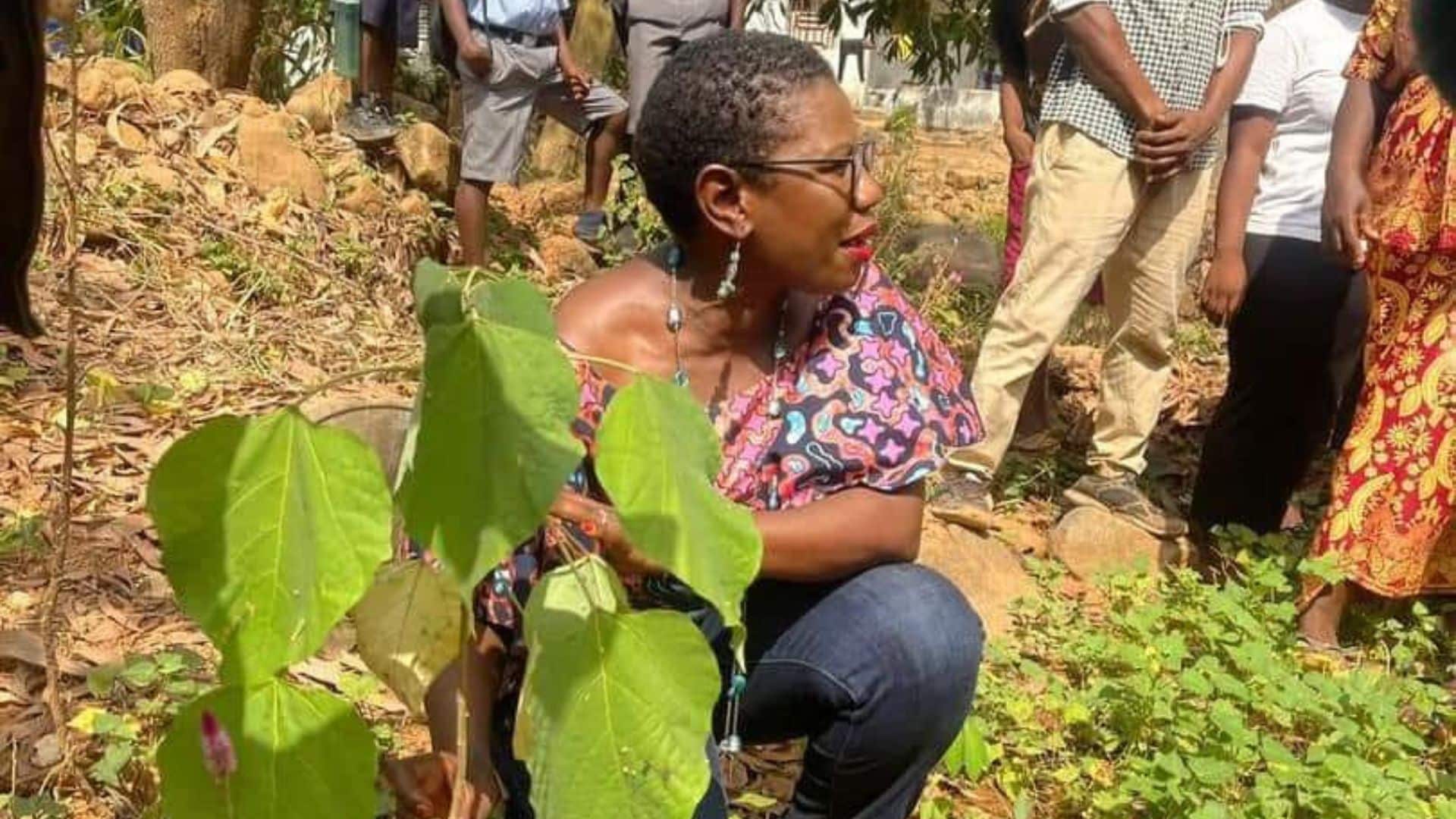


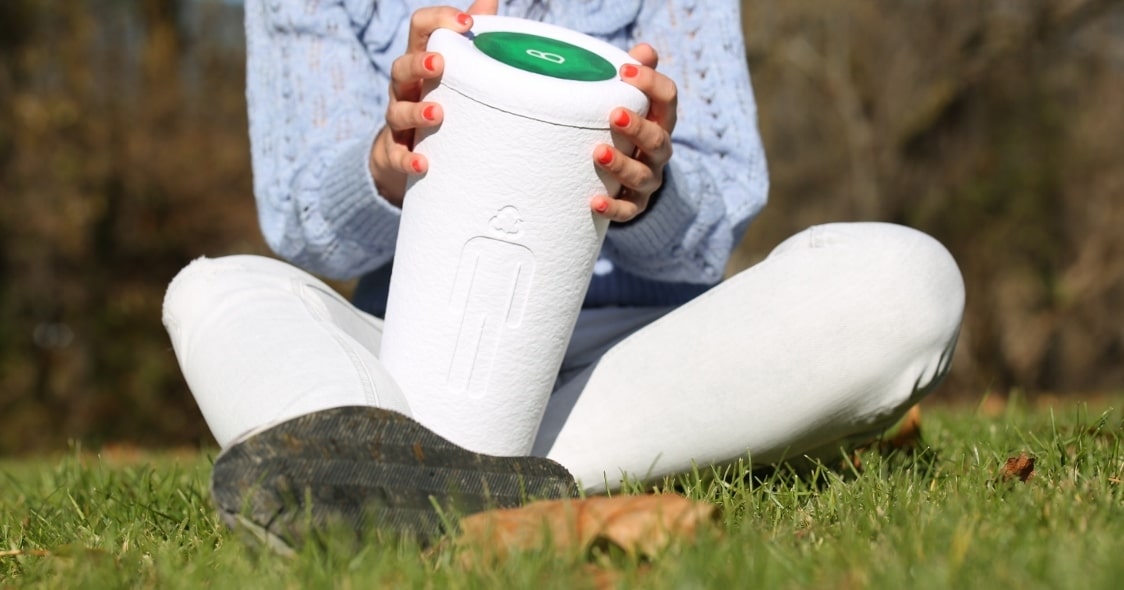
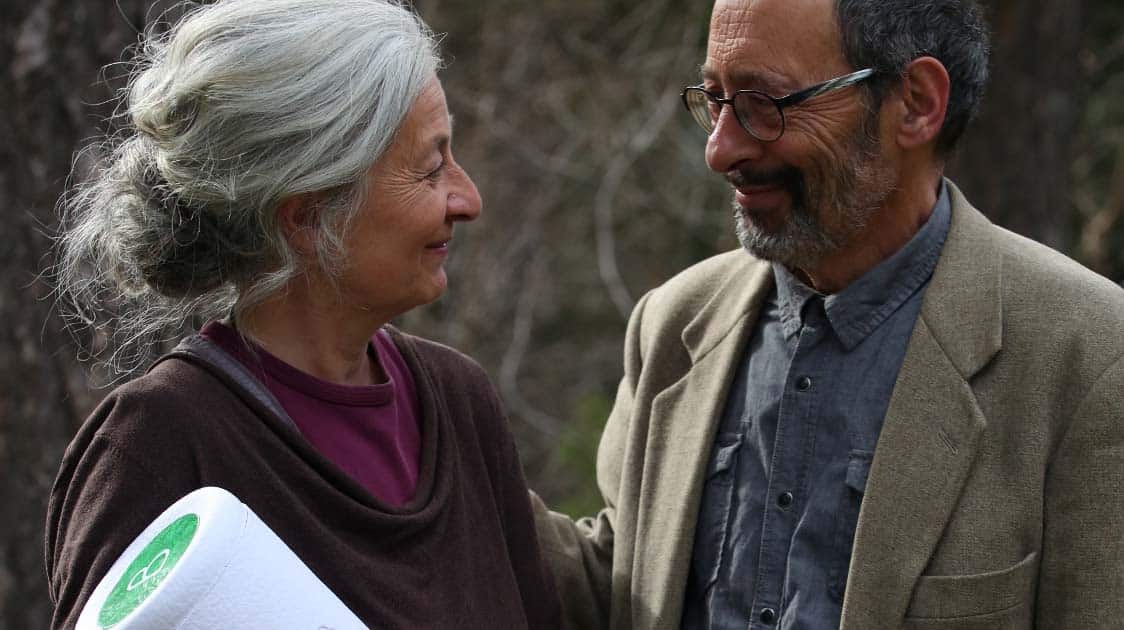
I am very interested in purchasing a bios urn. Please could you confirm that you would be able to supply to me in wet and windy Wales (UK) Please could you also advise me as to which type of tree would be suitable. Thank you.